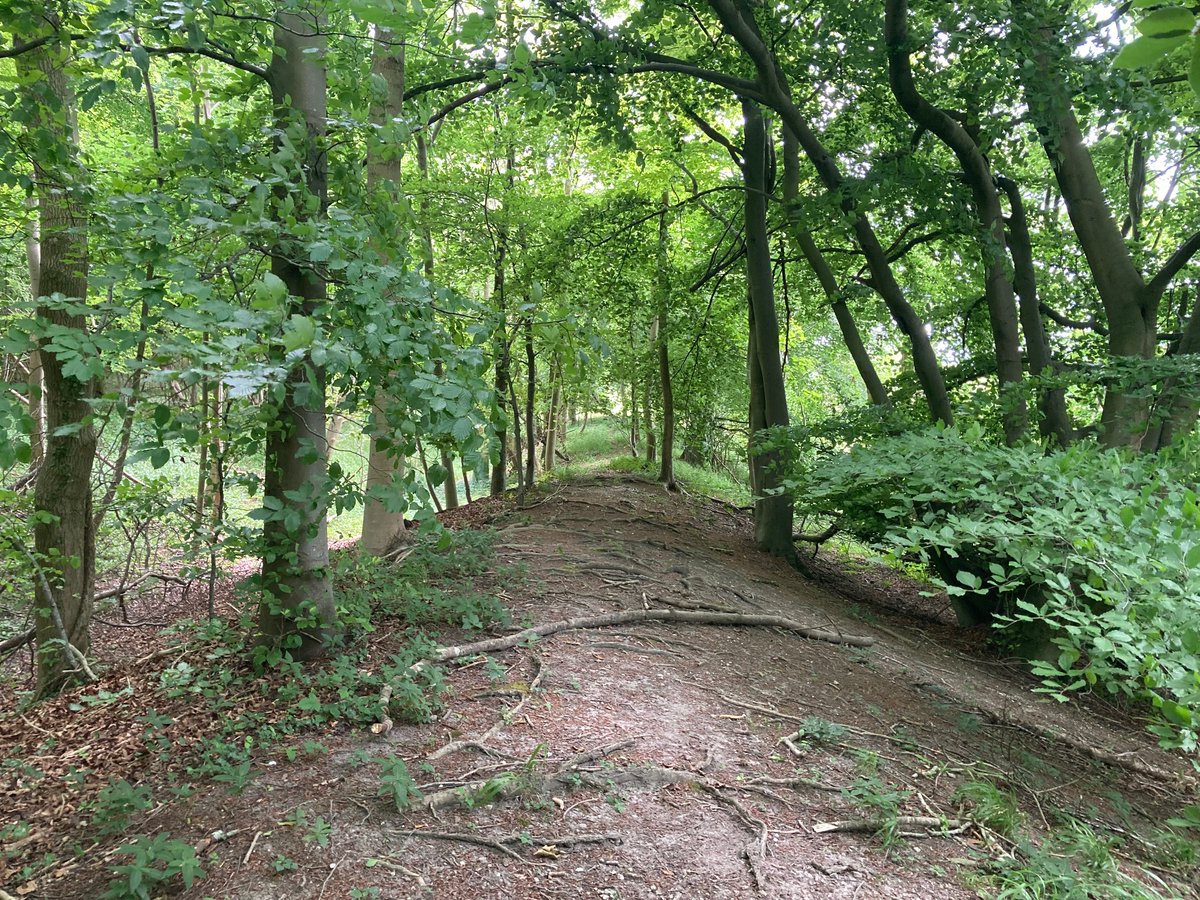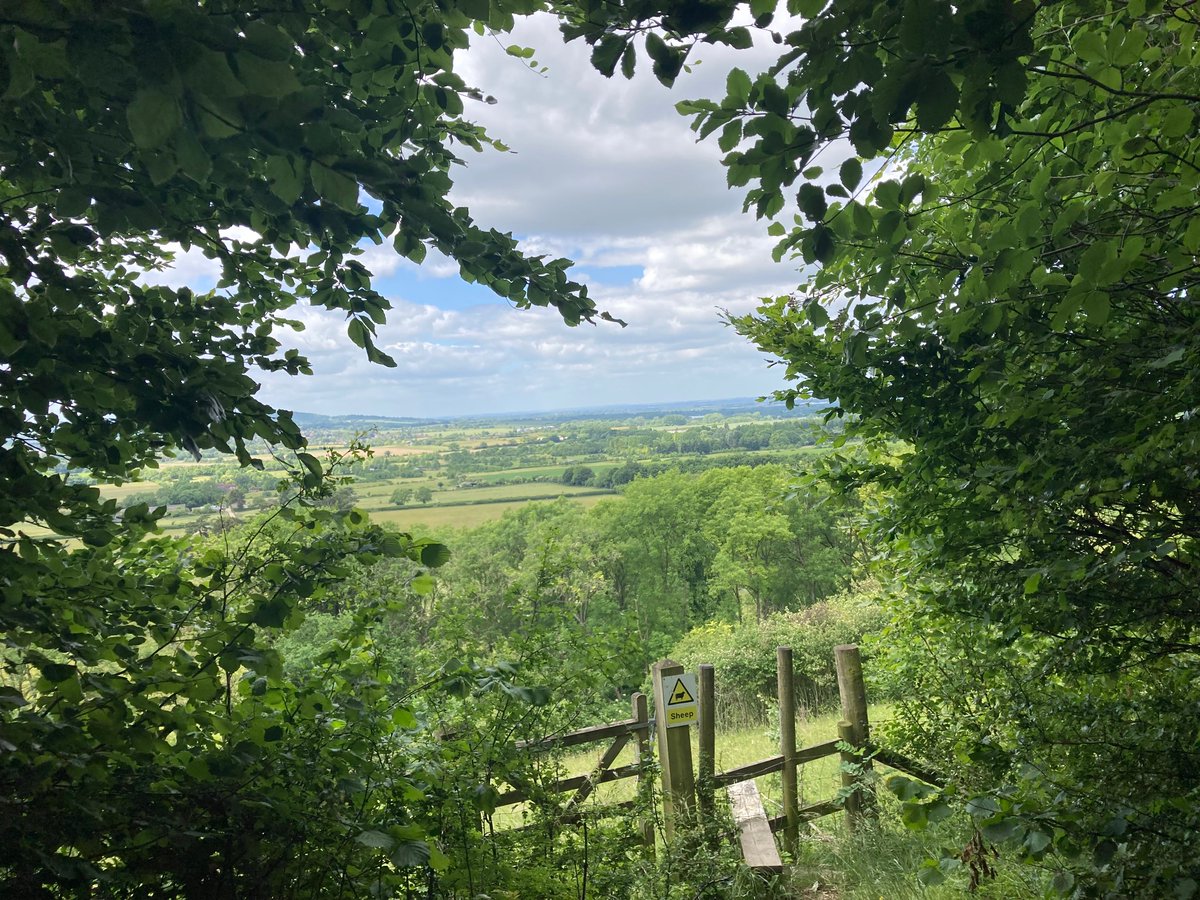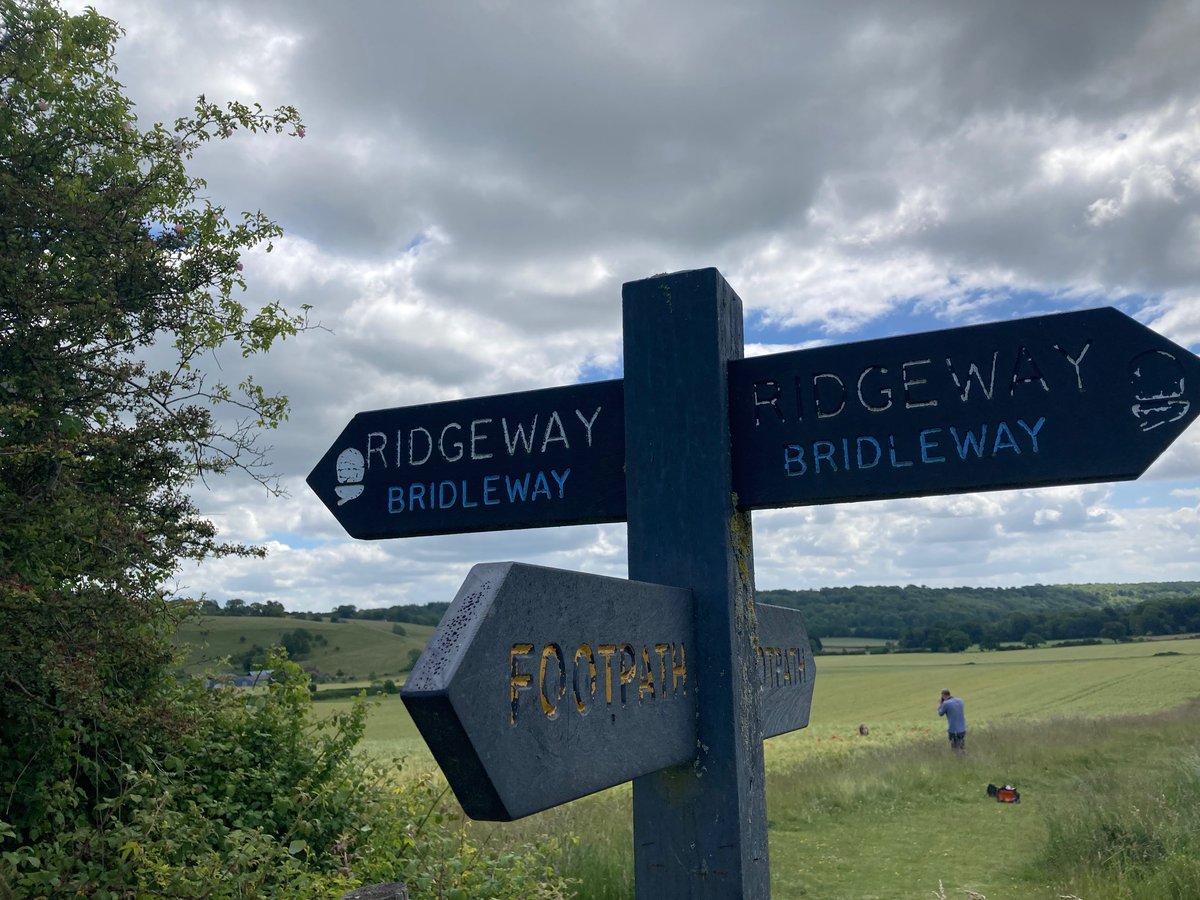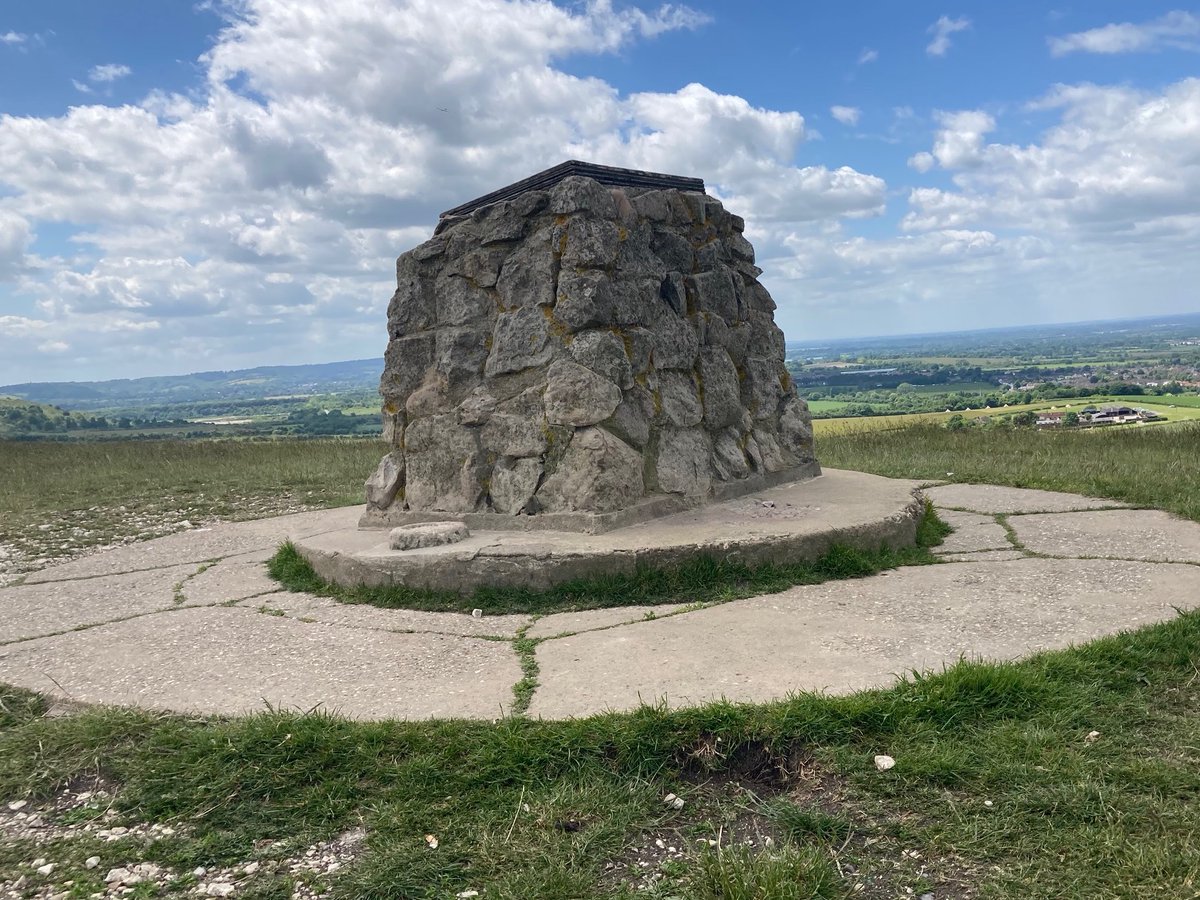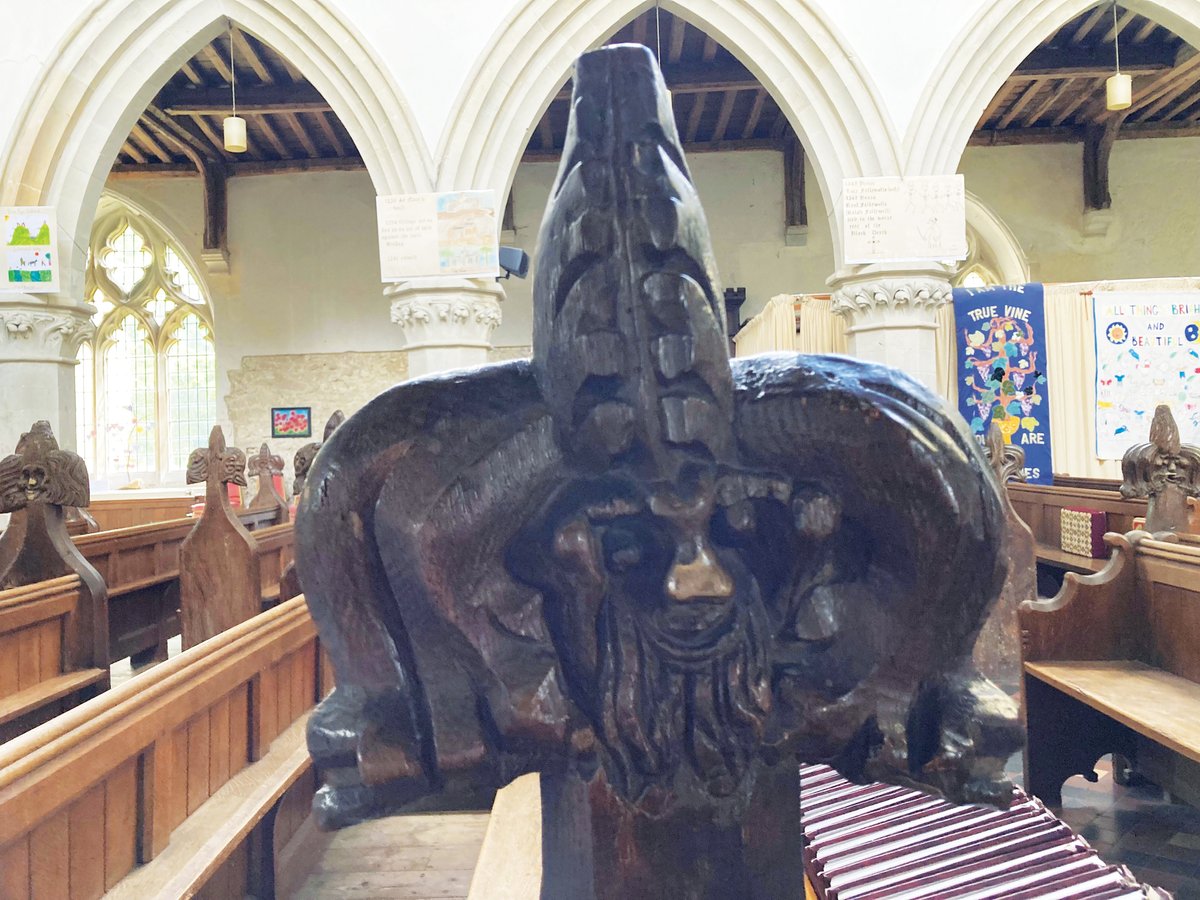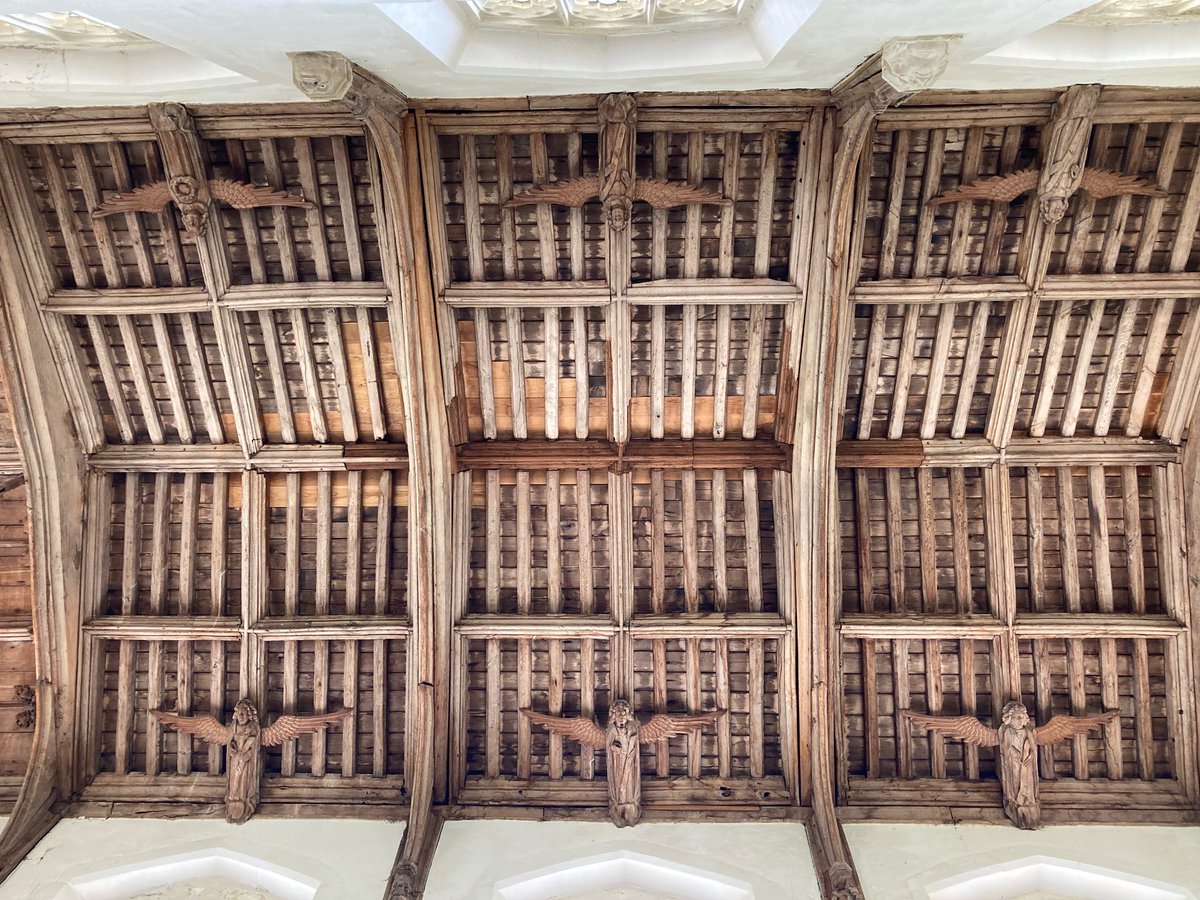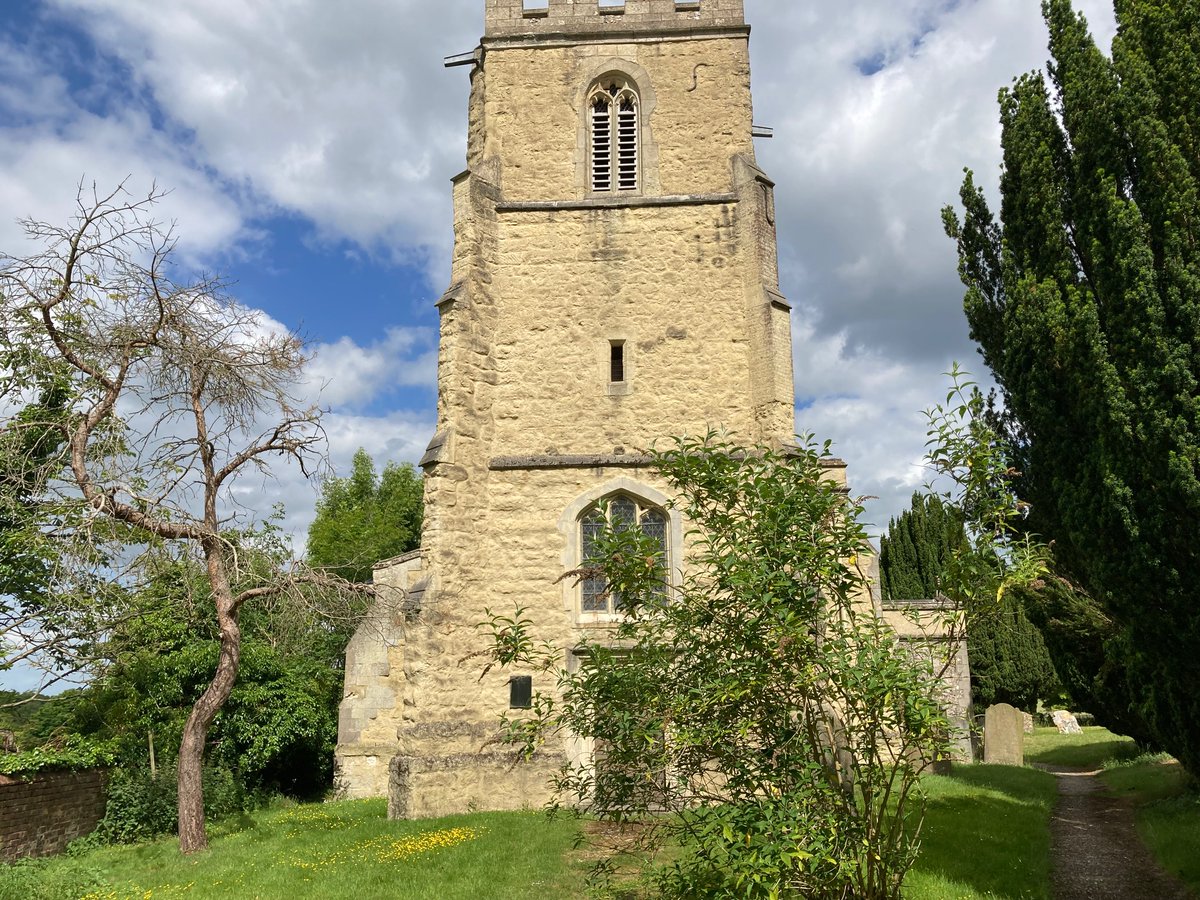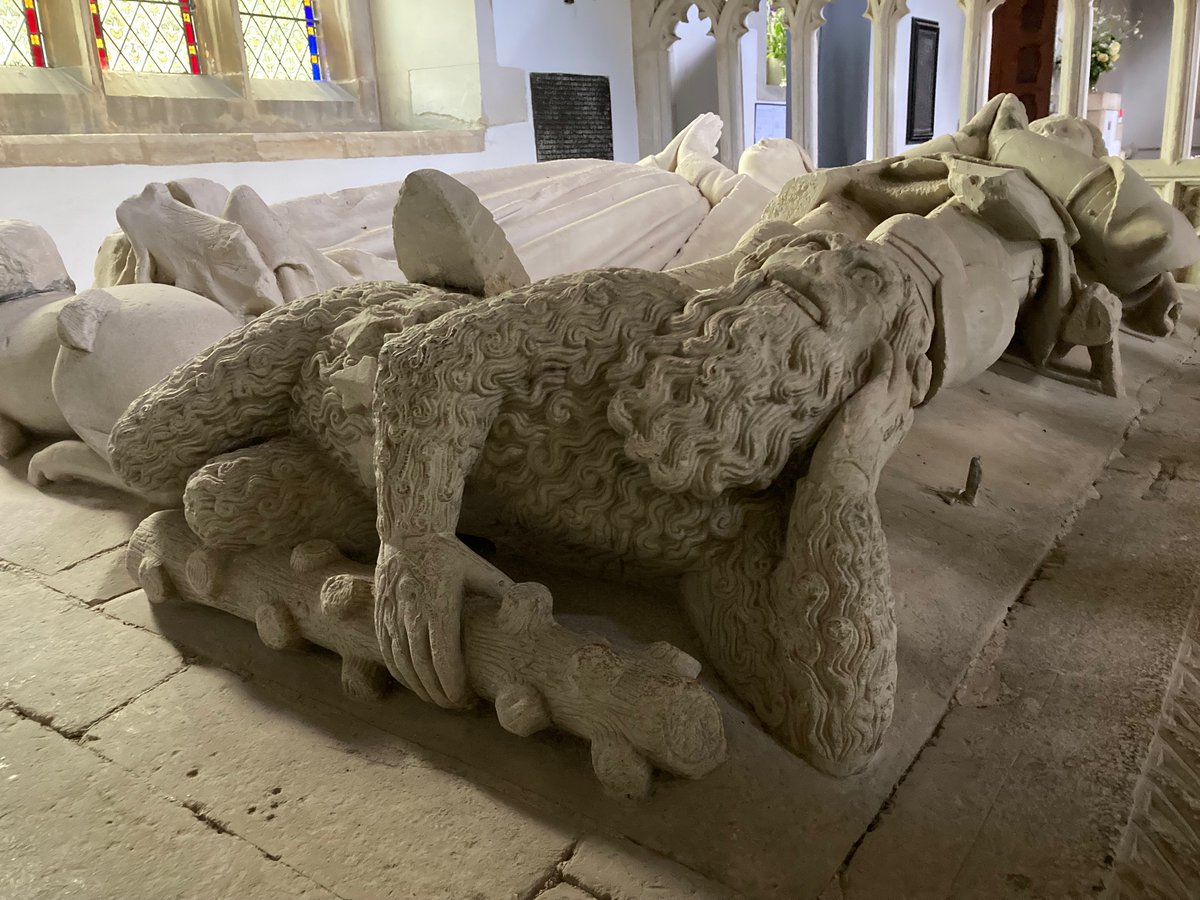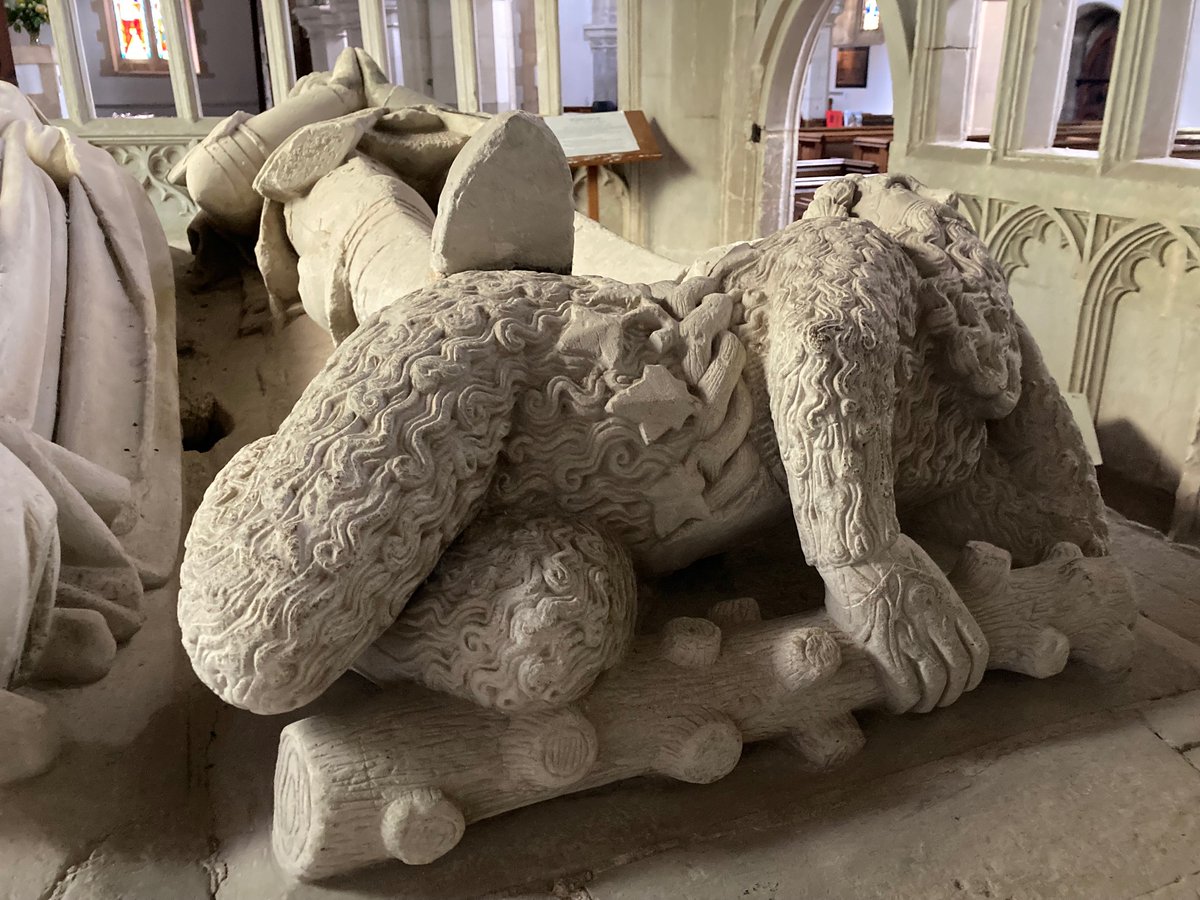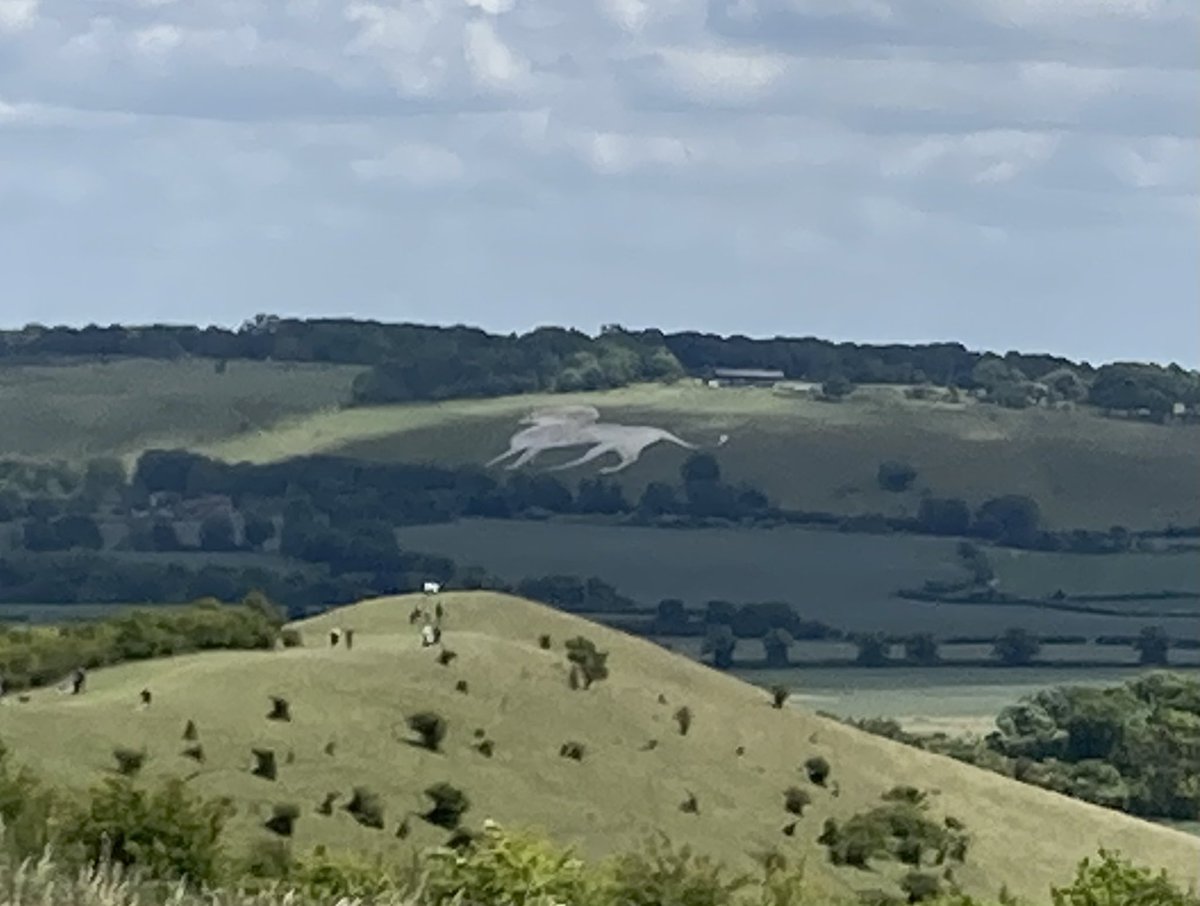It’s time for a quick write-up of yesterday’s walk: a new #10tweetadventure. This one isn’t probing any particular mystery in depth, but I can at least offer you a wild boy, a wild man and several green men. So no need for a stony expression. 1/10
We begin in Northchurch, in a corner of Hertfordshire poking towards Buckinghamshire – and here is the simple grave of an 18th century phenomenon: Peter the Wild Boy. He was found living feral in the woods near Hamelin by George I out on a hunting holiday. 2/10
Peter was brought back to live among the king’s courtiers. Here he is – clutching some acorns in a painting by William Kent on the staircase of Kensington Palace, and shown in later life: he lived until his 70s, albeit without learning to speak more than a few words. 3/10
Our walk took us to the Ridgeway – and here’s a little chunk of the mysterious Grim’s Ditch, an earthwork that may be a boundary, or not, dating to the Iron Age, or not – perhaps related, or not, to the bits of Grim’s Ditch near where I live in Oxfordshire. 4/10
At the far end of the Ridgeway – here, also the ancient Icknield Way – is Ivinghoe Beacon, an Iron Age hillfort (and a film location for 4 Harry Potters and The Rise of Skywalker, The Avengers (Steed not Marvel) & more). 5/10
A steep chalky plunge into the vale leads to the village of Ivinghoe. History has also spelt it Evinghehou, Iuingeho, Hythingho, Yvyngho… and Walter Scott called it Ivanhoe, extrapolating a short old rhyme into a 180,000 word novel. 6/10
Ivinghoe’s church has a fantastic collection of green men and other odd Tudor-era figures, including a mermaid (which I forgot to photograph) and some bat-like angels (which I didn’t). 7/10
Over the fields and past Pitstone Mill – this is the ‘earliest dated’ windmill in Britain, from 1627 but quite possibly older. The National Trust gent there invited us to enter and “touch something 1000 years old”. I said I could always shake his hand instead. Oops. 8/10
And Pitstone’s church, now redundant, has what’s claimed to be another green man, in a 15th century piscina (ecclesiastical washbasin). But the best thing of all on the walk has to be… 9/10
This incredible wild man or wodewose, holding his ragged staff, in Aldbury church. Cheeky Sir Robert Whittingham (c.1429-71) is resting his plates on this amazing figure, which brings us back in a way to the wild boy we started with. 10/10
(PS Oops, I forgot the Whipsnade White Lion! England’s largest chalk figure, no less, made in 1933 – to scare away planes from scaring the zoo animals – and restored in 2018. 11/10)



